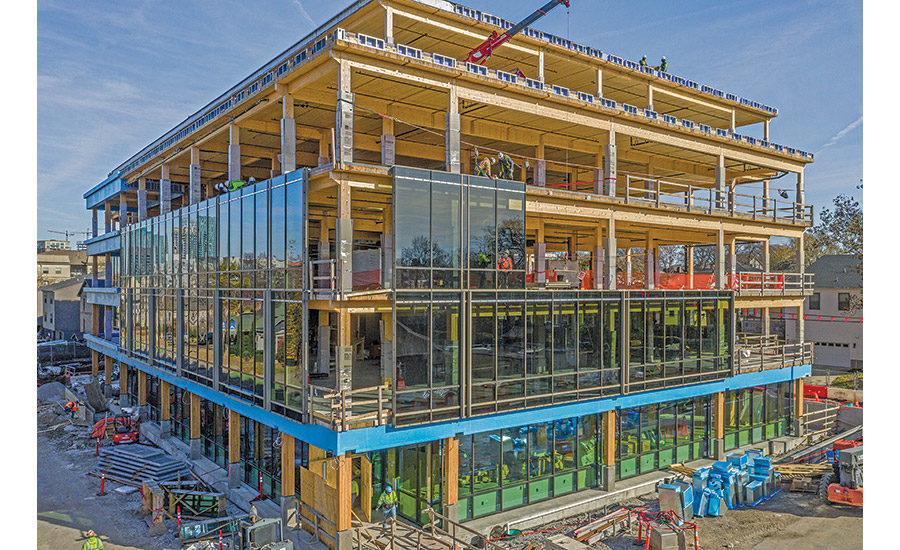“Leadership is not defined by the exercise of power but by the capacity to increase the sense of power among those led.”
— Mary Parker Follett
THE ART OF LEADERSHIP
Follett Urges Leaders: Amplify Others, Shrink Yourself Daily
Authority, I maintain, does not descend from a chart emblazoned with gilded boxes; it is woven upward through the daily intercourse of experience. When a supervisor enlarges a worker’s capacity to choose, she extends the whole organization’s radius of action. Mutual influence, rather than command, is the true architect of an effective enterprise.
Integration replaces domination. We meet, exchange purposes, discover the third idea neither of us owned alone, and consent to be altered by it. In that process, new energy is generated, a power far stronger than coercion. The test of leadership, therefore, becomes the measure of growth it evokes in every participant.
Let the manager who aspires to modern mastery replace orders with questions. Invite machinists to draft schedules, ask clerks to redesign flows, and permit disagreement to sharpen collective insight. As each voice becomes audible, shared responsibility displaces passive obedience. At day’s end, you will find initiative multiplying quietly, a dividend paid directly in heightened capacity across the whole system.
Create a forum that empowers teammates to propose solutions, then publicly endorse their ideas to build ownership.
COMMERCIAL CONSTRUCTION
Robot Bricklayers Build Nashville Landmark
Mass‑timber, robot‑built studio tower dramatically reshapes Nashville Music Row skyline.
Backhoes battled summer heat Tuesday as Sony Music and developer Hines broke ground on Harmonia Tower, a 28‑story mass‑timber studio and office block rising at Nashville’s famed Music Row interchange. Architect Studio Gang shaped the stacked-box profile to echo vinyl grooves while preserving sightlines to the historic RCA Studio B façade.
Nine onsite robot bricklayers will weave glazed terra‑cotta fins between glulam columns, slashing exterior installation time by forty percent. Prefabricated cross‑laminated‑timber floor plates arrive sequenced on automated truck convoys, guided by RFID beacons to rooftop cranes. Integrated solar louvers and geothermal piles are expected to deliver net‑positive energy performance year‑round.
General contractor Brasfield & Gorrie says the peak workforce will hit 500 union trades, including carpenters retrained through Tennessee’s new TimberWorks academy. Completion is slated for April 2028, adding 1,200 permanent creative jobs, as well as 80,000 square feet of recording stages, podcast suites, and public rehearsal decks. Economists forecast a $ 300 million regional ripple. City officials anticipate boosted tourism and fresh property tax revenues.
INFRASTRUCTURE INDUSTRY
Detroit Ditches Ditch, Builds Boulevard
Ground Breaks On I‑375 Removal, Reconnecting Detroit’s East Riverfront Communities
Backhoes rumbled Monday beside Detroit’s cavernous I‑375 trench as federal, state, and tribal leaders shoveled the first dirt, launching the long‑awaited freeway removal. The $ 1.25 billion project will fill the 25-foot-deep ditch that severed Black Bottom in 1964, rebuilding it as a six-lane, tree-lined surface boulevard that hugs an extended Dequindre Cut greenway.
Contractor Stacy and Witbeck begin by driving 1,600 timber lag shoring piles, installing temporary decking to keep traffic flowing between Jefferson and Gratiot. Ground crews will excavate contaminated fill, crush salvaged concrete for the base, and shift two combined sewer outflows into a micro-tunneled box culvert, thereby avoiding additional river sediment disturbances.
Funding comprises $ 104 million in federal Reconnecting Communities grants, state transportation bonds, and a new Detroit mobility tax increment district capturing future property value increases. Agreements guarantee 45 percent contracting for minority‑owned firms and 3,200 union jobs, including apprenticeships for nearby high‑school seniors. Substantial completion is planned for late 2031, reconnecting neighborhoods to the booming waterfront. A commemorative neighborhood jazz festival will follow the groundbreaking weekend.
RESIDENTIAL RESEARCH
Transparent Wood Skylights Shock Builders
Maine Approves Transparent Wood Skylights for All New Homes Statewide
Maine’s Building Codes and Standards Board on Tuesday amended the residential energy chapter to recognize transparent wood skylights as code‑compliant daylighting units, citing new ASTM impact and R‑value data from the University of Maine’s Forest Bioproducts Institute. The rule, published on July 2, designates pine-based panels as a prescriptive alternative to double-pane glass in one- and two-family dwellings statewide, thereby bypassing the need for engineer letters that previously slowed adoption.
Portland custom builder Seacoast Homes installed four 24-by-48-inch units in a net-zero demonstration cottage on Wednesday; infrared scans recorded a 20 percent drop in heater runtime overnight compared with a neighboring cottage fitted with low-e glass. Carpenters praised the skylights’ lighter weight, which is eight pounds each, and noted that they nailed into standard curb frames without using silicone. UMaine technicians on site measured visible light transmittance at 90 percent, yet surface temperatures remained 12 degrees cooler under the noon sun.
Hannaford Bank added a green‑materials credit, shaving 0.15 points off mortgages, while insurers signaled premium cuts after hail tests surpassed Miami‑Dade impact thresholds earlier this week.
TOOLBOX TALK
The Importance of Preventing Tool Belt Injuries
Introduction
Good morning, Team! Today’s toolbox talk covers preventing tool belt injuries. Tool belts are essential, but if overloaded or improperly worn, they can cause injury.
Why It Matters
Heavy or improperly worn tool belts can lead to chronic back pain, strains, or falls due to imbalance.
Strategies to Prevent Injuries
Proper Loading:
Keep only essential tools in your belt to avoid excess weight.
Balance Your Belt:
Distribute weight evenly around your waist.
Wear Correctly:
Adjust belts to fit snugly and comfortably, positioned properly around your hips.
Take Regular Breaks:
Remove or adjust your tool belt frequently to relieve strain.
Consider Alternatives:
Use tool bags or harness systems for heavy loads.
Discussion Questions
Have you experienced discomfort or injury from your tool belt?
How can we improve our use of the tool belt?
Conclusion
Proper tool belt practices protect your health and safety. Load smart, balance well, and wear correctly.
Wear wisely, stay safe!







